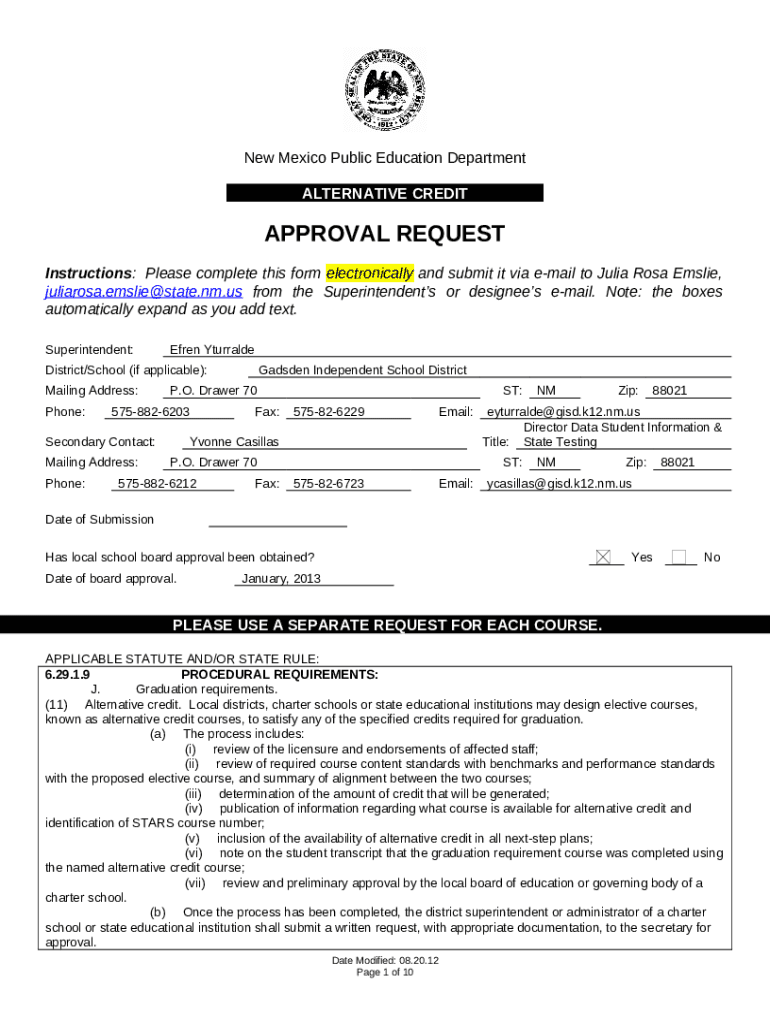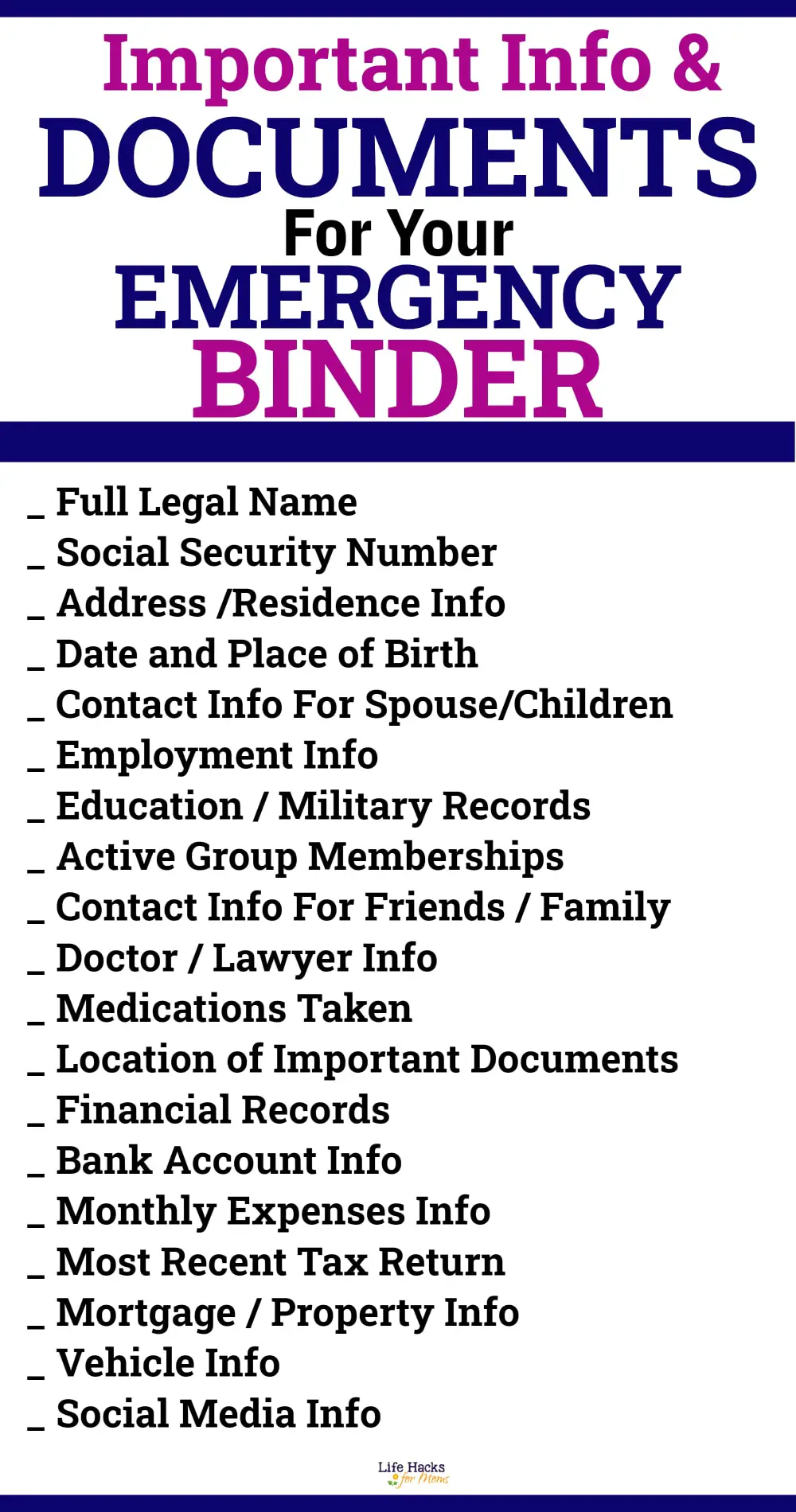Home Loan Paperwork: Your Complete Checklist

Securing a home loan is a significant step in the process of owning a home. It involves dealing with a myriad of documents, understanding complex financial terms, and ensuring that every detail is in place before the loan approval. This guide will walk you through the essential paperwork needed when applying for a home loan, ensuring you have a comprehensive checklist to streamline the application process.
Preliminary Documents

Before diving into the detailed financial documents, you'll need to start with some basic identification and application forms:
- Loan Application Form: This is your formal request for a loan. Fill it out accurately and completely.
- Proof of Identity: A copy of your government-issued ID such as a driver's license, passport, or national identity card is crucial for verification.
- Address Proof: Utility bills, rental agreements, or any official document showing your current address.
- Employment Verification: A letter from your employer confirming your employment status.
Financial Documentation

The core of your home loan application revolves around your financial health. Here are the documents you need:
Income Proof

To establish your ability to repay the loan:
- Salary Slips: Typically, you'll need to provide the last 3 to 6 months' salary slips.
- Bank Statements: Statements for at least the last 6 months from all accounts where your salary is deposited or savings are held.
- Form 16/Income Tax Returns (ITR): These are especially important for self-employed individuals or those with multiple income sources.
- Business Documentation (for self-employed): This includes balance sheets, profit and loss statements, and business incorporation documents.
Assets and Liabilities

These documents help lenders assess your net worth:
- Property Ownership Documents: Details on any property you own.
- Loan Statements: Statements for any existing loans or debts.
- Investment Records: Proof of investments like stocks, mutual funds, or fixed deposits.
Property Documents

If you've identified the property you wish to finance:
- Sale Deed/Agreement to Sell: Legal document showing your intent to purchase or sale of property.
- Title Deed: Proof of ownership of the property being sold.
- Encumbrance Certificate: A certificate showing the property's legal status and any mortgages or charges against it.
- Approved Building Plans: To ensure the property meets local construction regulations.
📝 Note: Ensure that all property documents are original and duly registered.
Supporting Documents

Additional documents can further bolster your loan application:
- Co-applicant’s Documents: If you're applying jointly, provide all necessary documents for the co-applicant as well.
- NOC from Builder/Society: If applicable, a no-objection certificate from your housing society or the builder.
- Power of Attorney: If applicable, especially in cases where someone is representing you legally.
Finalizing Your Application

Once you've gathered all the documents, here are some final steps to consider:
- Check for Completeness: Ensure all forms are filled out correctly, all documents are present, and all signatures are in place.
- Organize and Photocopy: Make copies of all documents in order. Often, lenders prefer physical documents.
- Keep Track of Deadlines: Loans have application windows; missing them can delay your process.
- Follow Up: After submission, regularly check with your lender on the status of your application.
Successfully navigating through the home loan application process requires patience, organization, and a keen eye for detail. With the right preparation, you can minimize delays and move closer to securing your dream home.
What if I’ve been self-employed for less than 2 years?

+
Lenders generally require a minimum of 2 years of financial records for self-employed individuals. If you’re below this threshold, consider a co-applicant or show any previous employment history.
Can I apply for a loan if I have an existing home loan?

+
Yes, but lenders will scrutinize your debt-to-income ratio more closely. Providing clear repayment records for your current loan can help in getting approval for an additional home loan.
What happens if I miss a document or make a mistake?

+
Missing or incorrect documents can lead to delays or rejection. However, most lenders will notify you to provide or correct missing documents. Swift response on your part can salvage the situation.
The above blog post provides a thorough checklist for securing a home loan, from preliminary to property documents, along with tips for application finalization and common FAQs to address potential queries readers might have. Remember, while this checklist is comprehensive, individual lenders might have their nuances, so it’s always good to check with your specific lender for any additional requirements. So, arm yourself with patience, gather your documents meticulously, and you’ll be well on your way to owning your dream home.



